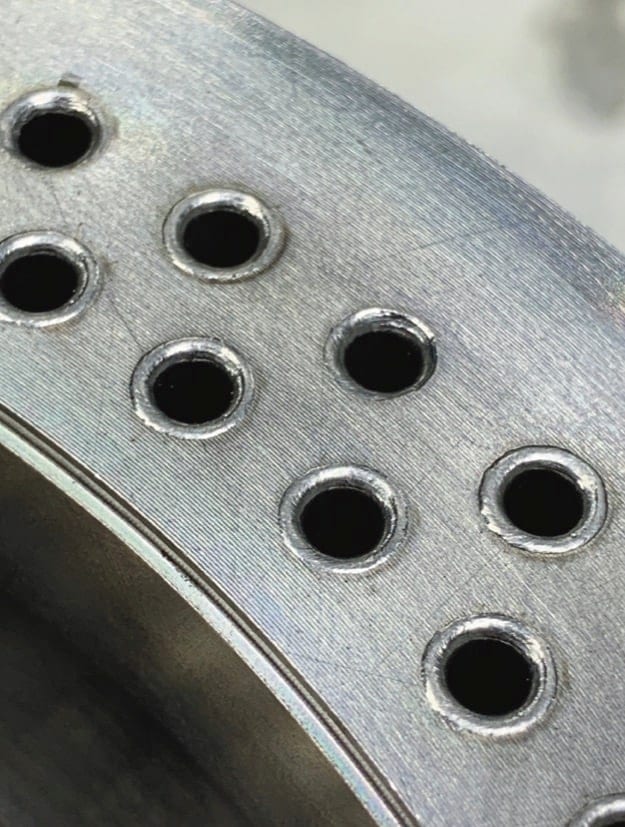TOOLBOX
High Precision Welding Helps an Innovative HVAC System Become a Reality


As design engineers create more complex and innovative products, high precision welding solutions need to follow suit to meet the challenges to weld exotic and dissimilar materials, with complex weld joint geometry, all on time and within budget. After all, if you can’t join the pieces, you have no end product.
One market that relies heavily on advanced welding capabilities is the HVAC industry. As OEMs pursue cleaner energy and higher heating/cooling efficiencies, HVAC technology is becoming more and more intricate, requiring high-quality precision welds in their fabrication.
ThermoLift, an emerging leader in clean energy HVAC systems, recognized the importance of high precision welding when creating an innovative new air-source heat pump. Cutting down carbon dioxide emissions and energy costs by as much as half compared to typical HVAC systems, ThermoLift’s patented Thermal Compression Climate Control (TC3) unit required a significant level of precision welding for proper fabrication to bring it to market.
Welding and production challenges for the TC3 included:
- A significant number of precision welds in a small space
- Welding at difficult angles
- Subpar parts and extensive re-machiningMaterials issues Delayed timelines
By partnering with EB Industries, an industry-leading high precision welding services provider, ThermoLift overcame these challenges to combine advanced engineering and high precision welding in ways that brought the TC3 to successful commercialization.
ThermoLift’s TC3 provides a high-efficiency, refrigerant-free HVAC, hot water, and refrigeration system – all in one device. With concurrent heating and cooling from a single thermal energy source, this specialty air-source heat pump utilizes patented Hofbauer Cycle technology. Rather than relying solely on electricity, the TC3 transfers heat from outside to the inside of a building in winter and vice versa in summer. Since electricity is not the primary fuel source, the TC3 can capture and utilize ambient heat, delivering up to three times more heat energy than the electrical energy it consumes.
With its ability to utilize the natural heat in the atmosphere, the TC3 can achieve efficiencies of more than 100 percent. It can also meet very specific refrigeration requirements. Without the need for a secondary unit, the TC3 can maintain high performance and energy efficiency in large commercial applications at extremely cold temperatures — as low as minus 25 degrees Celsius.
Key benefits of the TC3 include:
- Reduced annual energy consumption for heating, cooling, and water heating
- Significant operational-costs savings
- Cutting carbon dioxide emissions and energy costs by as much as half across residential and commercial applications
- No need for harmful refrigerants
